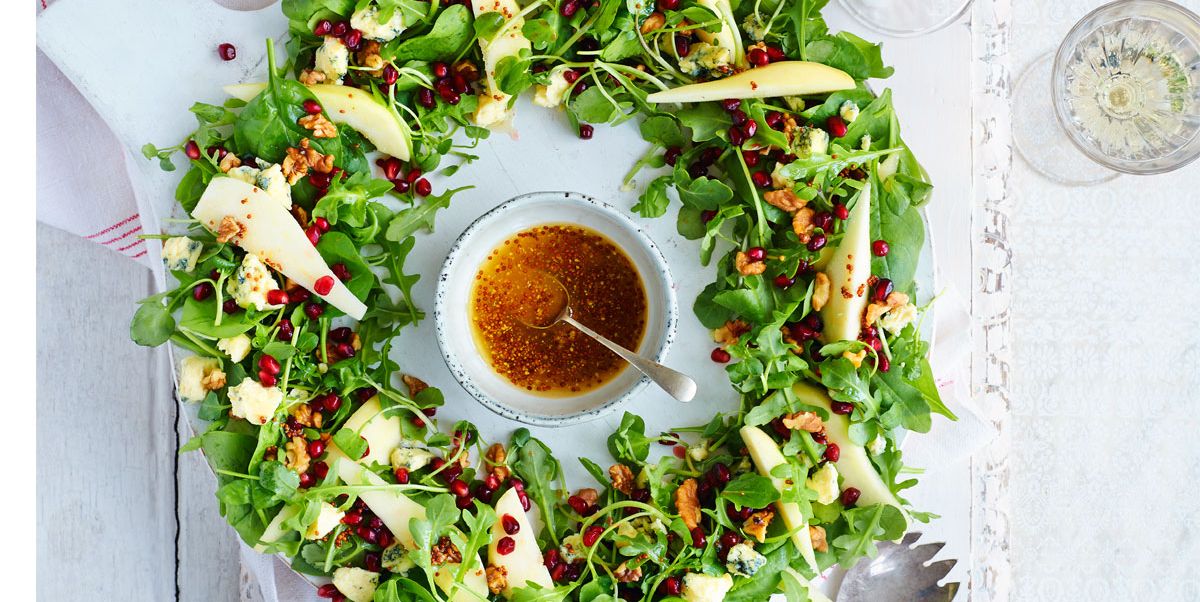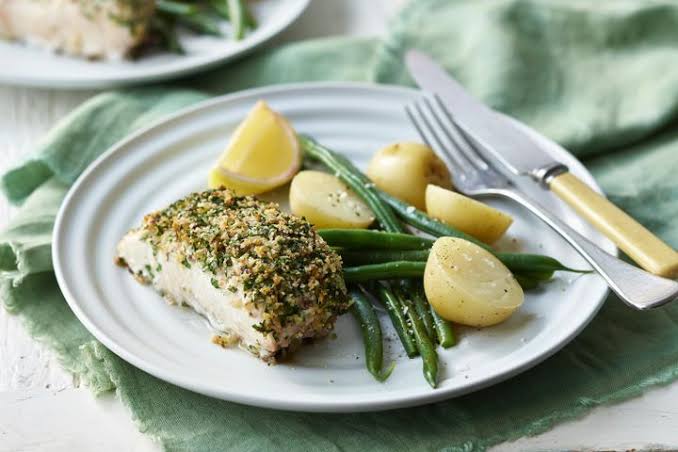Do you hate the thought of food waste? So do we! We shudder to think that 20% of the food Aussie’s buy ends up in the rubbish bin, especially over Christmas. But if eating the same leftovers for a week doesn’t appeal to you, why not get creative? We have some great ideas for Christmas leftovers to get you started.
Salads:
Salads will go soggy and limp very quickly if heavily dressed. To ensure your salads are still good to eat the next day, use dressing very sparingly, or reserve some salad undressed, and top up the serving platter only as needed. Alternatively, you can serve the salad undressed, with dressing on the side for your guests can help themselves!
Give your leftover salad a makeover the next day by throwing in some additional leftovers you may have, like roast vegetables, meats and seafood, and cheeses. You can even throw in some leftover cut-up fruits! Some classic Christmas combinations to add to your salad leftovers include:
- Prawn with mango
- Turkey with peach
- Ham with pineapple
- Watermelon or berries with white cheese (i.e. fetta, goats, ricotta)
- Roast beef with yellow cheese (i.e. parmesan, cheddar, swiss)
Ham:
With proper handling and storage, traditional Christmas ham can be stored for several months in the fridge. It is extremely versatile, and can be used to add flavour to almost any meal.
Used diced leftover ham by:
- Pan frying it with base vegetables and aromatics (i.e. onion, garlic, celery, carrot) to create a smoky, salty taste in soups, stocks, sauces and one-pot casseroles.
- Sautee it with other vegetables and an egg for fried rice, or fried ‘cauliflower rice’
- Sprinkle on top of a homemade wholemeal-pita pizza
- Stir through scrambled eggs or with an omelette
Use leftover sliced ham by:
- Adding it to a wholegrain wrap or sandwich with tomato, lettuce, pickles, cheese and mustard
- Pan fry it and serve alongside breakfast eggs on toast with roast tomato
Turkey
Unlike ham, cooked turkey will last in your fridge for only 3-4 days, so try to use this up quickly, or freeze for up to 3 months. It has a mild taste, and as such, can take on many different flavours and be added to many dishes for a boost of protein. Cooked turkey can also be used as a substitute for chicken in your favourite recipes. When reheating frozen turkey, make sure the temperature in the centre reaches 75C.
Use leftover shredded turkey by:
- Stir frying it with vegetables and soba noodles, in a soy marinade
- Stirring it though it your favourite vegetable curry recipe
- Rubbing it with ground spices, pan frying it, and adding it to any leftover or fresh salads
- Wrap it up in mountain bread with cranberry, spinach, cucumber and low fat cheese
Fish and Seafood:
Leftover fish and seafood also have a shelf life of about 3-4 days, so eat these items up quickly or freeze them for up to 3 months. As with the turkey, make sure the temperature in the centre reaches 75C if re-heating frozen fish or seafood.
Use leftover fish and seafood by:
- Mincing with shredded vegetables, wholegrain breadcrumbs, an egg, herbs and spices to create fish patties
- Serving smoked or fresh salmon on toast with avocado and tomato for breakfast
- Filling sushi and rice-paper rolls
- Adding to a tomato base for a seafood marinara pasta sauce, or a bouillabaisse
- Creating a healthy fish and seafood pie with evaporated milk, dill and a filo pastry top
Potato
Cooked potatoes become vulnerable to bacteria after 2 hours left at room temperature, so try to clear and store any leftovers as soon as possible. Extend their shelf life by storing in an airtight container in the fridge for up to 5 days, or freeze for 10-12 months.
Use leftover potato by:
- Slicing it and adding to a frittata mix
- Adding it with the classic ingredients to create a nicoise salad
- Re-heating and topping it with fresh Mexican tomato salsa, low fat cheese, guacamole and beans
- Mashing it to use as a side dish or to top a cottage or fish pie
Fruit Salad
Fruit salad can last in the fridge for 5-7 days, if drain all the juice from the fruit salad bowl, and cover tightly with cling wrap or transfer to an airtight container.
Use leftover fruits or fruit salad by:
- Blending with Greek yoghurt and freezing in popsicle moulds, for a frozen yoghurt dessert
- Spooning over muesli, yoghurt or breakfast bowls
- Draining any excess juice and freezing in containers, to pick at for a refreshing snack
- Adding to smoothies, juices, milkshakes or even cocktails!
For more information on safely storing your Christmas leftovers, visit : https://www.foodsafety.com.au/blog/safety-tips-for-your-christmas-leftovers
For other great ideas on how to use your Christmas leftovers, visit:
http://www.taste.com.au/recipes/collections/christmas+leftovers
Store your food properly. Putting your festive leftovers into clear airtight plastic containers will help to make the food last longer in your fridge or freezer. With proper handling and storage, a traditional Christmas ham can also last for several weeks. Once you’ve removed it from its plastic wrapping, store it in your fridge below 5°C in a cloth that’s soaked in water and vinegar.
Freeze as you intend to defrost. When we put leftovers into the freezer, we often tend to freeze them in one big amount. However, it’s far more efficient to freeze your festive leftovers in smaller portion sizes. This makes them quicker to cool and you only end up defrosting what you need. Don’t forget that you can also freeze leftover wine and cheese. These can be used as future ingredients and stale bread can be frozen to be toasted at a later time.
When reheating leftovers, they need to be re-heated to at least 75°C in the centre — you can use a food thermometer to measure this.
Once you’ve finished cooking and eating, you need to get your food to the fridge as fast as possible. The Council recommend that your fridge be kept at or below 4-5°C guide. At this temperature, food is good for 2 to 3 days. For more details, check out their fridge and freezer safety tips.
If you’re not sure how long your food can keep in the fridge, Australia’s national science agency, the CSIRO also has a useful online guide.



